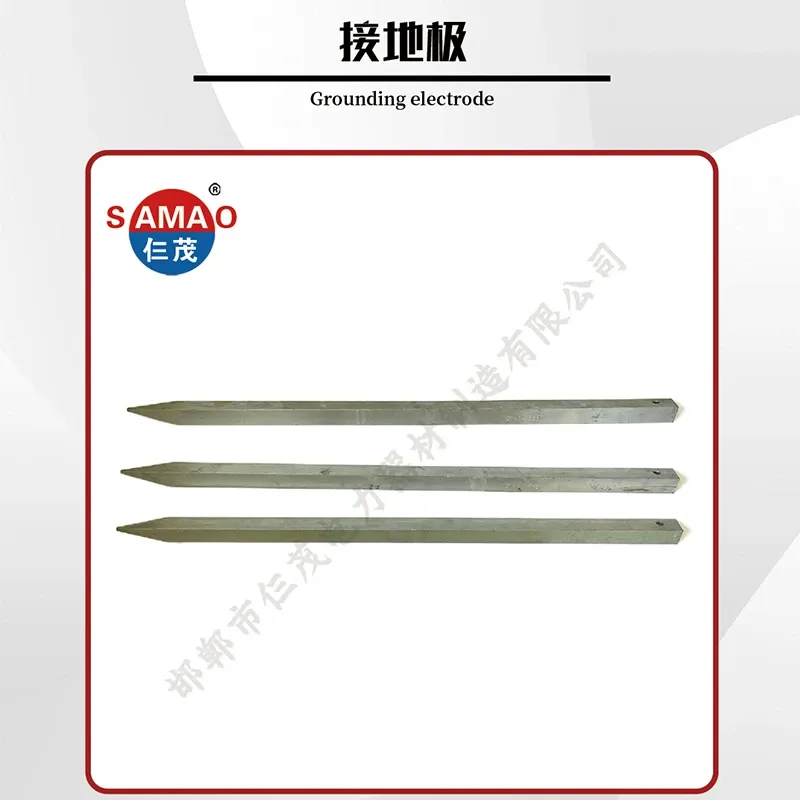Grounding Electrode
The characteristics of grounding engineering itself determine the impact of the surrounding environment on the engineering effect, and it is not feasible to design grounding engineering without considering the specific situation of the project location. Factors such as soil resistivity, soil structure, moisture content, and construction area determine the shape, size, and material selection of the grounding grid. Therefore, when designing artificial grounding electrodes, accurate design should be carried out as much as possible based on geological conditions such as soil resistivity and soil layer distribution in the location of the grounding network.
Grounding electrode, also known as grounding body, is a metal conductor or group of conductors that directly contacts the soil. It is divided into artificial grounding electrode and natural grounding electrode. The grounding electrode, as a conductor in close contact with the soil and providing electrical connection with the earth, safely disperses lightning energy and releases it into the earth.
Grounding is the most important link in lightning protection engineering. Whether it is direct lightning protection or the protection technology of electrostatic induction, electromagnetic induction, and lightning wave invasion, the ultimate goal is to send lightning current into the ground. Therefore, without good grounding technology, it is impossible to have a qualified lightning protection process. The function of protective grounding is to establish a good metal connection between the non electrified metal parts of electrical equipment and the grounding electrode, reduce the ground voltage of the contact, and avoid the risk of electric shock to the human body.







